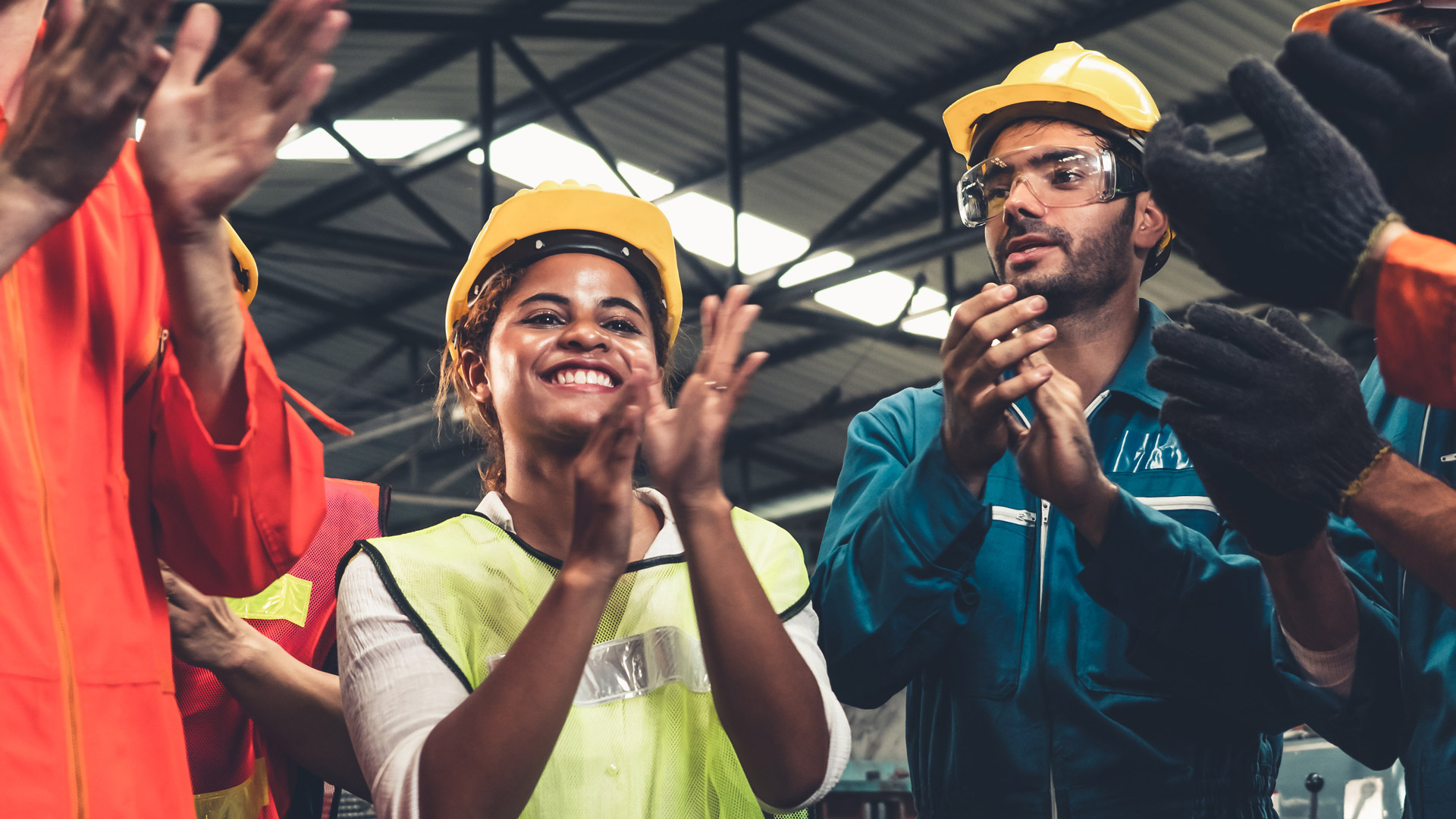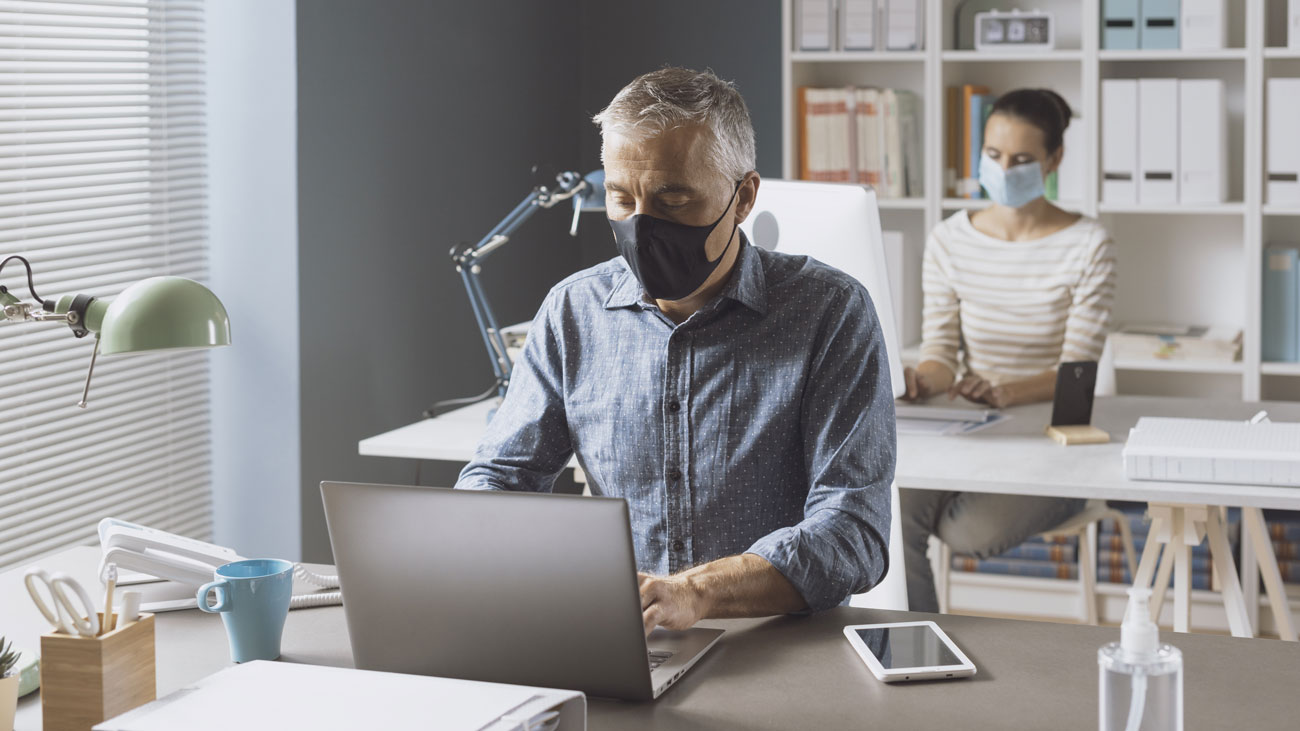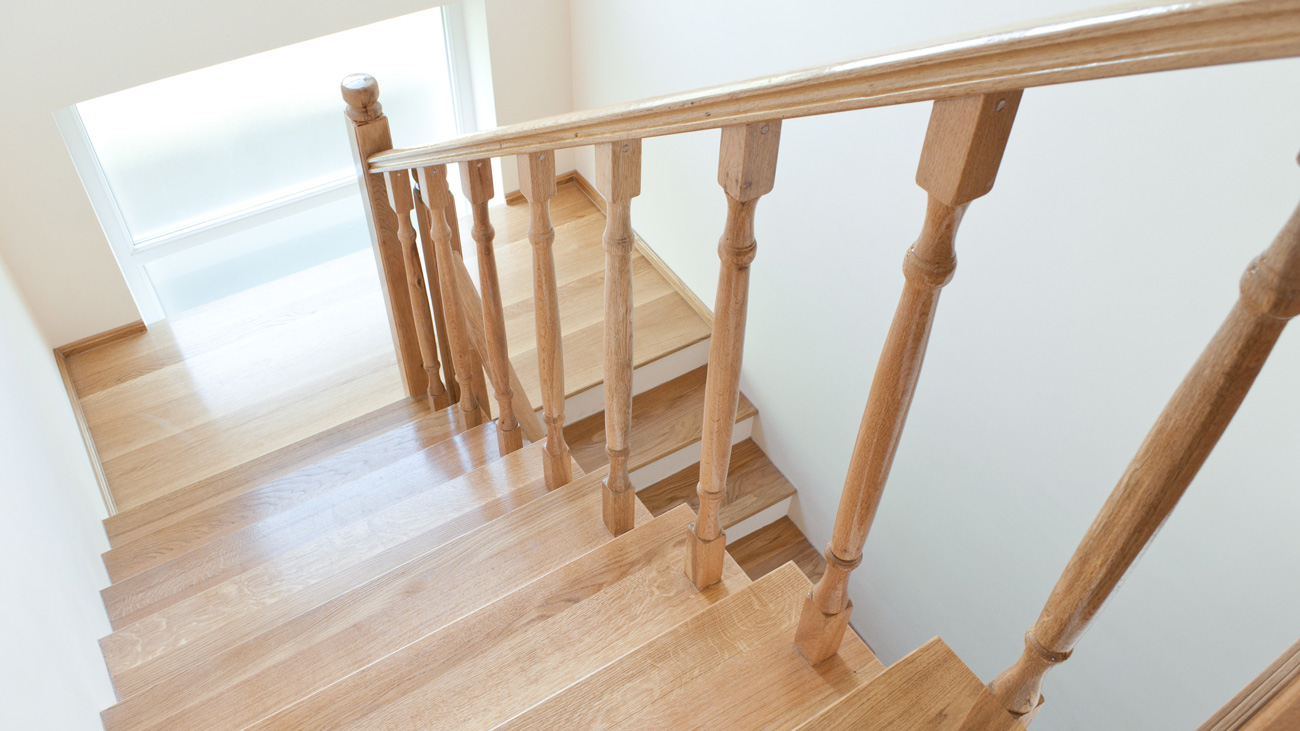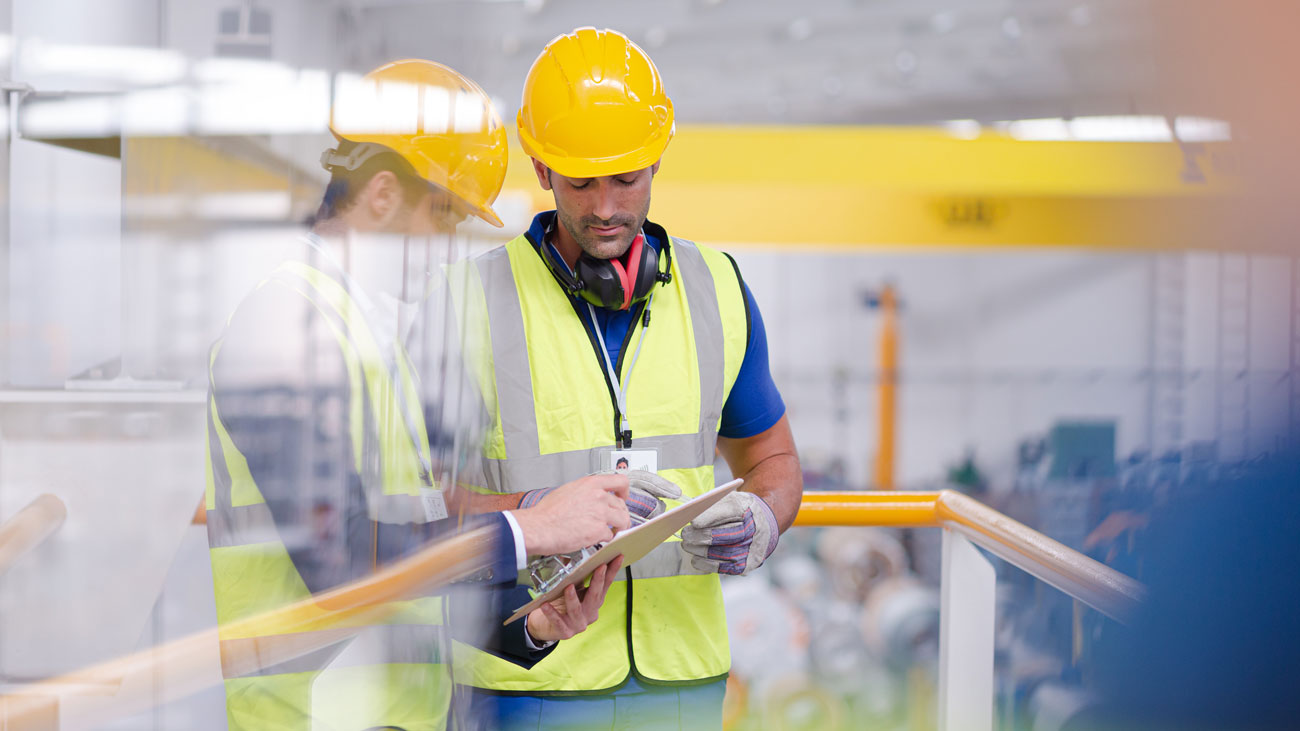
A louder voice from women affects everyone’s health and safety
Two of the government’s most senior officials regulating industry believe the “louder voice” from a new generation of women will make everyone at work feel safer and more comfortable.
Sarah Albon and Lisa Pinney MBE, the chief executives of the Health and Safety Executive (HSE) and the Coal Authority respectively, say that while progress has been made, women working in heavy industry today are still provided with ill-fitting protective equipment and unsuitable welfare facilities while working on site.
Said Sarah Albon:
“As more and more women join these industries, they’ll become a louder voice. With just a little bit of thought – and you see our best companies do this – more places can make those extra few steps, not to make a woman feel that she has to ask, or somebody is doing her a favour, but just to make her feel as comfortable and on an equal footing with all of her male colleagues.”
Improving conditions on site will benefit men too, Sarah Albon added:
“Because when I look at some of these sites, I’d say it’s not suitable for anyone. But it’s the fact that women are coming in and looking at it, perhaps with 21st century eyes and saying, ‘you expect me to put up with that?’ Men have perhaps just become ingrained and used to it in those heavy industries over decades and decades. But that right to have dignity at work, it applies to all of us, men and women.”
Lisa Pinney, Chief Executive of the Coal Authority, sympathised with how difficult not being comfortable at work can be.
She said:
“It’s so much about confidence. If you’re meeting on site or if you’re doing something and you’ve got sleeves down to the floor and feel like you’re wearing a tent, it really affects your confidence in terms of being able to do the best job that you can do.”
Both women started their careers when they were in a significant minority, and overcame barriers to progress. But the inequality once denied Lisa a job:
“I didn’t get a job once because they didn’t have women’s toilets. I was the top candidate, but they wouldn’t have me on site.”
Sarah Albon added:
“We have come a long way, but we’ve still got a long way to go.”
As previously reported by International Workplace, the provision of PPE for women is still far from being adequate. Several reasons contribute to the underrepresentation of women in the design and production of PPE:
- Historical bias: Traditionally, industries like construction, manufacturing and other sectors where PPE is essential have been male-dominated. This led to a focus on developing PPE based on male body proportions and sizes.
- Limited data for female measurements: Until recent times, there has been insufficient data on female body measurements in many industries. The lack of comprehensive anthropometric data for women made it challenging to create PPE that caters to their specific needs.
- Cost considerations: Designing PPE that accommodates different body shapes and sizes can be more expensive due to the need for additional sizes and variations. As a result, manufacturers might prioritise standard sizes that cater to the majority (often male sizes) to keep production costs lower.
- Safety standards based on male bodies: Safety standards and regulations have historically been based on male measurements, further perpetuating the cycle of PPE that may not adequately fit women.
However, in recent years, there has been an increased awareness of these issues. Efforts are being made to address the lack of inclusivity in PPE design.
- Research and data collection: More studies and initiatives are underway to gather comprehensive anthropometric data for women across various industries. This data is crucial in designing PPE that fits a diverse range of body types.
- Advocacy and awareness: Organisations and advocacy groups are raising awareness about the need for gender-inclusive PPE. They're pushing for standards that consider both male and female body measurements to ensure better-fitting and safer equipment for all.
- Inclusive design: Some companies and manufacturers are actively working on creating PPE specifically designed for women. They are incorporating adjustable features, different sizes, and considering various body shapes to enhance comfort and safety for female users.
While progress is being made, there's still much work to be done to ensure that PPE adequately accommodates the diverse needs of both men and women across various industries. Collaboration between industries, researchers, manufacturers and regulatory bodies is crucial to achieving gender-inclusive PPE design.
A petition fighting to amend the Personal Protective Equipment at Work Regulations 1992 to require employers to take into account the specific needs of female employees in respect of PPE, and ensure that appropriate PPE is provided, is available to sign here.








